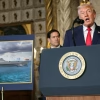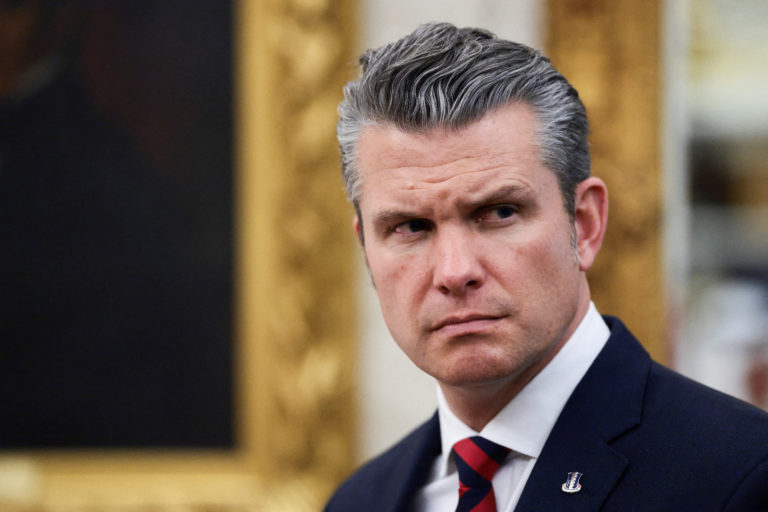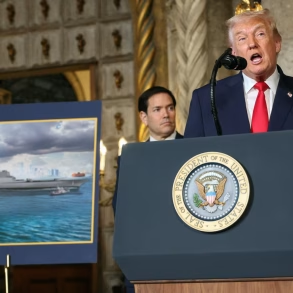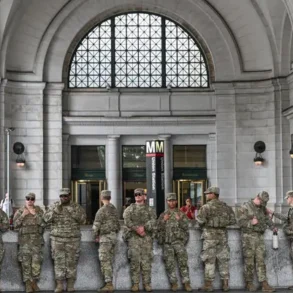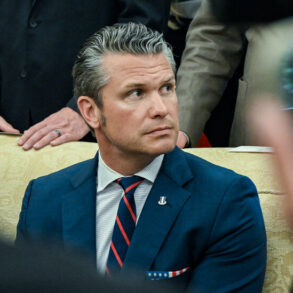As President Donald Trump weighs his next moves against Venezuela’s Nicolás Maduro, top U.S. military leaders are making high-profile visits across the Caribbean this week. The trips come amid a major American military buildup in the region and a series of deadly strikes on suspected drug-smuggling boats.
Defense Secretary Pete Hegseth is scheduled to arrive in Santo Domingo, Dominican Republic, on Wednesday to meet President Luis Abinader and the country’s top defense officials. Meanwhile, General Dan Caine, chairman of the Joint Chiefs of Staff and Trump’s senior military adviser, met Tuesday with Trinidad and Tobago Prime Minister Kamla Persad-Bissessar.
The Pentagon described both visits as efforts to strengthen defense ties and discuss shared threats, especially drug trafficking, illegal weapons, human trafficking, and transnational crime.
Since early September, the U.S. military has launched at least 21 strikes on boats it claims were carrying illegal drugs. Those attacks have killed at least 83 people. The operations mark the largest U.S. military presence in the Caribbean in decades and are widely viewed as a way to increase pressure on Maduro, whom the U.S. has accused of leading a narcoterrorism network.
On Monday, the Trump administration officially labeled the so-called “Cartel de los Soles” (Cartel of the Suns)—an alleged drug-trafficking ring inside the Venezuelan government—as a foreign terrorist organization. U.S. officials say Maduro himself helps run the group, though experts note it is not a traditional drug cartel.
Trump has not ruled out direct military action against Venezuela but has also floated the possibility of talks with Maduro. The deadly boat strikes and senior-level visits appear designed to send a strong message while those options are still on the table.
Mixed Reactions Across the Caribbean
Most Caribbean leaders have stayed quiet or urged calm and dialogue in response to the U.S. strikes. But Trinidad and Tobago’s prime minister has been an outspoken supporter. In September, Kamla Persad-Bissessar said she had “no sympathy” for drug traffickers and that the U.S. military should “kill them all violently.” Her comments drew sharp criticism at home and from neighbors.
Former Trinidad and Tobago foreign minister Amery Browne called her position “reckless” and said it has isolated the country from the rest of Caricom, the regional trade bloc.
A Show of Force and Gratitude
While in the region, General Caine also stopped in Puerto Rico and aboard at least one U.S. Navy ship to thank American troops for their service over the Thanksgiving holiday. Both Caine and Secretary Hegseth visited the Caribbean in September as well, shortly after hundreds of U.S. Marines arrived for what the Pentagon called a training exercise.
The Pentagon says Hegseth’s trip to the Dominican Republic this week is meant “to strengthen defense relationships and reaffirm America’s commitment to defend the homeland.”
With U.S. warships, aircraft, and troops now operating at levels not seen in generations, the Caribbean finds itself at the center of Washington’s escalating campaign against drug trafficking—and, many believe, against the Maduro government in Venezuela. For now, the region is watching closely to see what President Trump decides next.
